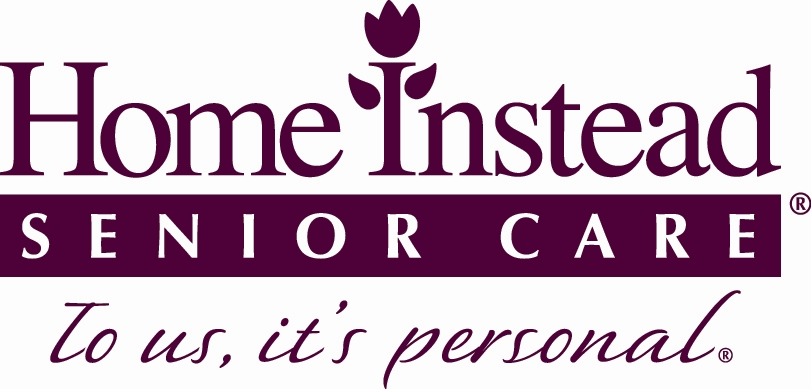Winter Storm Poses Risk for Seniors
OMAHA, NE -PRNewswire –
As a winter storm threatens the East Coast, Home Instead Senior Care is encouraging us all to help senior loved ones and neighbors stay safe in the snow and extreme cold temperatures.
“Winter is a difficult time, and storms like this can be especially hard on seniors,” said Lakelyn Hogan, gerontologist at Home Instead Senior Care. “Older adults can be relatively sensitive to even moderately cold conditions and they can suffer hypothermia without knowing they’re in danger, so we want to make sure seniors and their loved ones are aware of simple ways they can stay safe and warm in extreme conditions.”
Those over the age of 65 account for nearly half of all hypothermia deaths. As the body ages, the ability to maintain a normal internal body temperature decreases, creating an insensitivity to moderately cold temperatures. Seniors may not realize they are putting themselves at risk until symptoms appear. Symptoms of hypothermia include: shivering, exhaustion, confusion, fumbling hands, memory loss, slurred speech and drowsiness. If symptoms are present, immediate medical attention is necessary. The leading reason for hypothermia in the elderly is due to poorly heated homes, which is entirely preventable. Follow these simple tips to ensure a warm household.
Stay Warm
- Keep the thermostat at 65 degrees, at least. Consistently check it to make sure your home is sufficiently warm. Even as heating costs rise, your safety should be a priority.
- Put a carbon monoxide detector near where you sleep.
- Ensure that there is adequate insulation, and check and clean the fireplace and furnace. Furnace filters should be replaced monthly.
- Minimize drafts by filling old socks with sand and using them in drafty windowsills and door jambs. Weather-strip around windows and doors. Keep doors to unused rooms closed and close curtains at night.
- Add an extra blanket to the bed and warm the bed in advance with a hot water bottle. Never use an electric blanket – it may be difficult to operate the controls if the temperature needs to be adjusted in the night.
- Dress in layers of loose fitting clothing. If you go outside, make sure your head is covered.
Every year, more than 1.6 million seniors end up in the emergency room because of a fall. With icy conditions, the chances of falling are even greater.
Preventing Falls
- Take a couple minutes per day and stretch your limbs in order to loosen muscles.
- Stay inside – make arrangements for someone to shovel and salt driveways and walkways. Professional caregivers can assist with to-do items, such as bringing in the mail and/or picking up groceries.
- Wear shoes or boots with a non-skid sole.
- Have handrails installed on outside walls for frequently used walkways.
- If you use a cane or walker, check the rubber tips to make sure they are not worn smooth.
Winter weather can take a toll on everyone, especially seniors. Seasonal affective disorder (SAD) can occur in seniors and impact their emotional health. Some signs to watch for with SAD include: a loss of energy, an increased appetite and an enhanced feeling of lethargy and tiredness. If symptoms are present, talk to your medical provider about treatment options.
Additionally, winter storms can be unpredictable. It is important to be prepared in case of an emergency.
Build a network
- Stay in touch in with family, friends and neighbors. Schedule phone calls, or enlist the help of a professional caregiver to come in for an hour a week.
- Make arrangements for assistance in case of a blizzard or power outage. Keep important numbers in an emergency kit, along with non-perishable foods, water and medications.
- Be familiar with your local resources. Visit www.ready.gov/seniors, www.noaa.gov or www.redcross.org for more information about cold weather.
To learn how Home Instead Senior Care can assist in the cold weather, visit www.homeinstead.com.

About Home Instead Senior Care
Founded in 1994 in Omaha, Nebraska, by Lori and Paul Hogan, the Home Instead Senior Care® network provides personalized care, support and education to help enhance the lives of aging adults and their families. Today, this network is the world’s leading provider of in-home care services for seniors, with more than 1,000 independently owned and operated franchises that are estimated to annually provide more than 50 million hours of care throughout the United States and in over 10 countries. Local Home Instead Senior Care offices employ approximately 65,000 CAREGiversSM worldwide who provide basic support services that enable seniors to live safely and comfortably in their own homes for as long as possible. The Home Instead Senior Care network strives to partner with each client and his or her family members to help meet that individual’s needs. Services span the care continuum from providing companionship and personal care to specialized Alzheimer’s care and hospice support. Also available are family caregiver education and support resources. At Home Instead Senior Care, it’s relationship before task, while striving to provide superior quality service.
SOURCE Home Instead Senior Care










